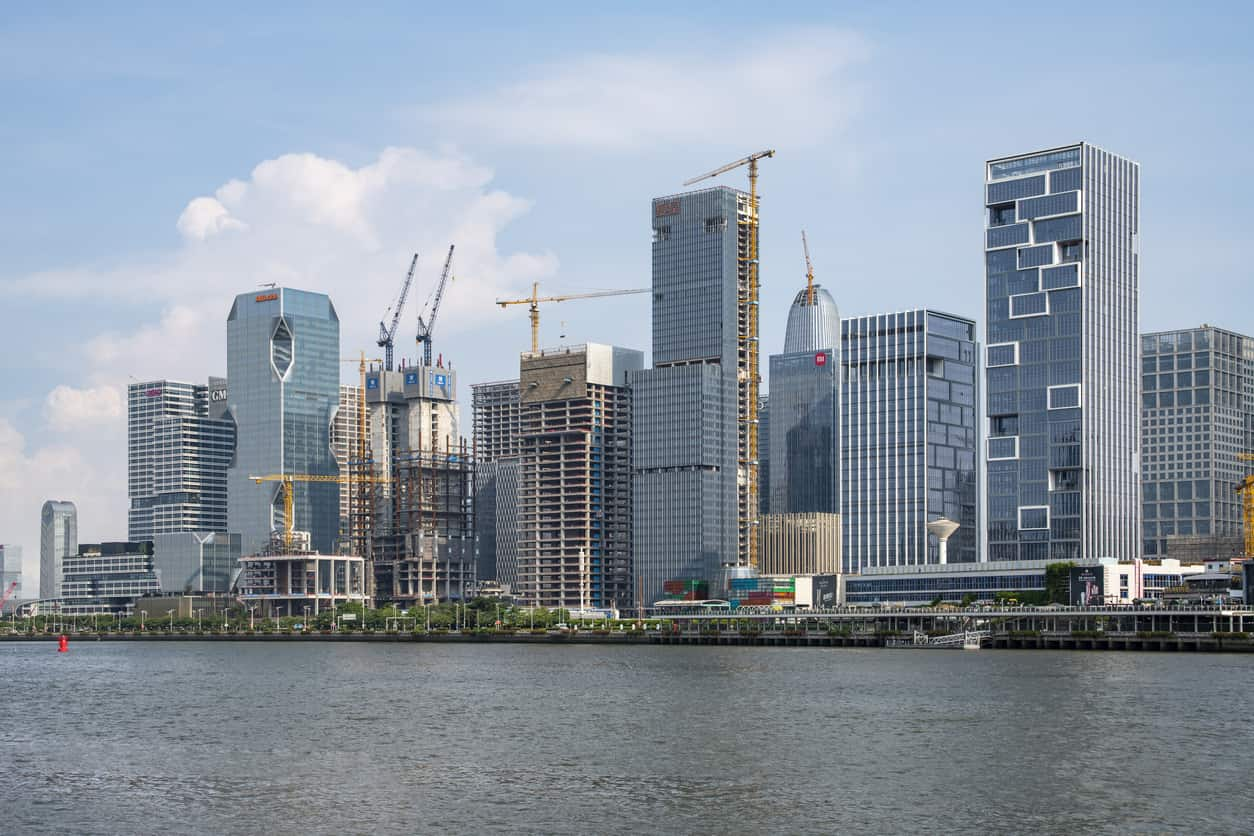China: The slump in the Chinese construction sector has a broad impact on different sectors and on the economy

Rising number of mortgage boycotts
In recent weeks, an increasing number of Chinese buyers have stopped mortgage payments on uncompleted homes. While the impact on banking sector is limited, the suspension of payments increases pressure on the already struggling construction sector.
A deep-rooted problem
The lack of funds for property developers has its origins in the government's goal to rebalance the Chinese construction sector – traditionally stimulated to reinvigorate economic growth – and make it sustainable. Indeed, the government has been pushing the construction sector to deleverage since 2020, when the famous ‘three red lines’ policy was introduced. In the short term, the main consequence will be an increase in bankruptcies in the property market. In the medium and long term, however, the sector should consolidate, which is the government's second objective, because the current real estate supply is much greater than the expected demand. Indeed, two swords of Damocles hang over the head of China's construction industry: slowing population growth and urbanisation. These factors are expected to be a drag on the construction sector for several years. This slowdown can already be seen through the drop in investments from January 2022 to August 2022 compared to the same period of the previous year, which did not happen in more than a decade (see graph below).
Sector risk impact
At a sectoral level, the risk is mainly on property developers that face financial challenges. There will be winners and losers given stronger companies will have easier access to credit than weaker ones. This will also lead to lower demand for construction companies and eventually to bankruptcies. Upstream, the consequences will be dramatic for the Chinese steel sector, given the lower demand emanating from the construction sector and the existing oversupply. “Almost a third of China’s steel mills could go into bankruptcy in a squeeze that’s likely to last five years” said Li Ganpo, founder and chairman of Hebei Jingye Group.

Country risk impact
At a country level, the property crisis continues to harm the economic activity. As the faltering real estate and construction sectors make up more than 20% of the GDP, the IMF expects them, together with the continued zero-Covid policy, to make real GDP growth plunge to around 3.2% this year. Despite a forecasted rebound of 4.4% in GDP growth in 2023, the cooling down and consolidating of the sector is likely to continue to hit consumer confidence and local government finances. The impact is also palpable worldwide as China accounts for roughly 30% of global GDP growth and is thereby contributing to the ongoing sharp global slowdown. Although Asian countries are logically affected by the Chinese slowdown through various channels, commodity exporters across the world, notably Latin American producers of metal and mining products, are also sharply hit by the weaker Chinese demand. Those downside risks are expected to persist in the short term as the Chinese government’s financial and stimulus measures are unlikely to improve the situation much.

Analyst: Matthieu Depreter – m.depreter@credendo.com & Raphael Cecchi – r.cecchi@credendo.com